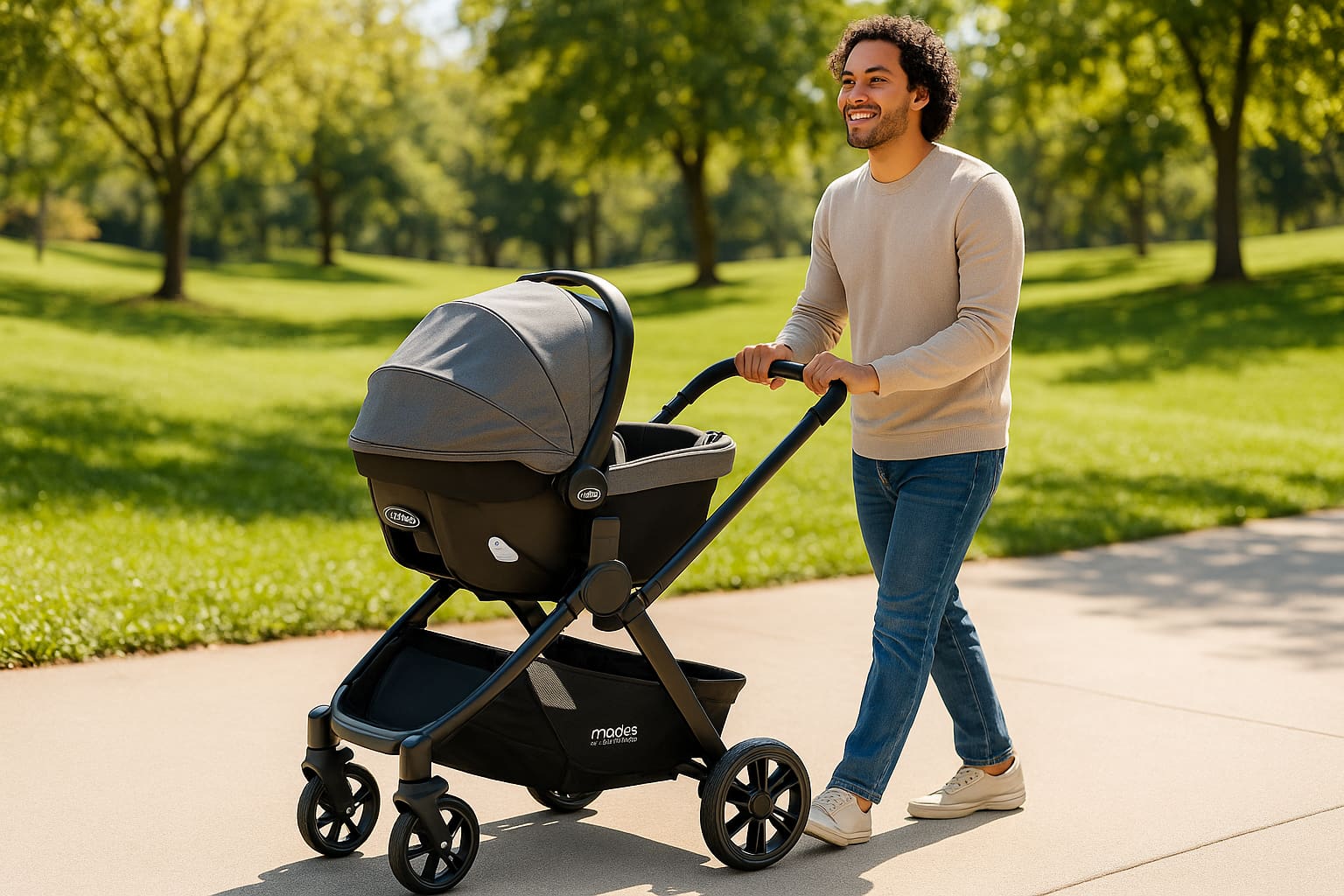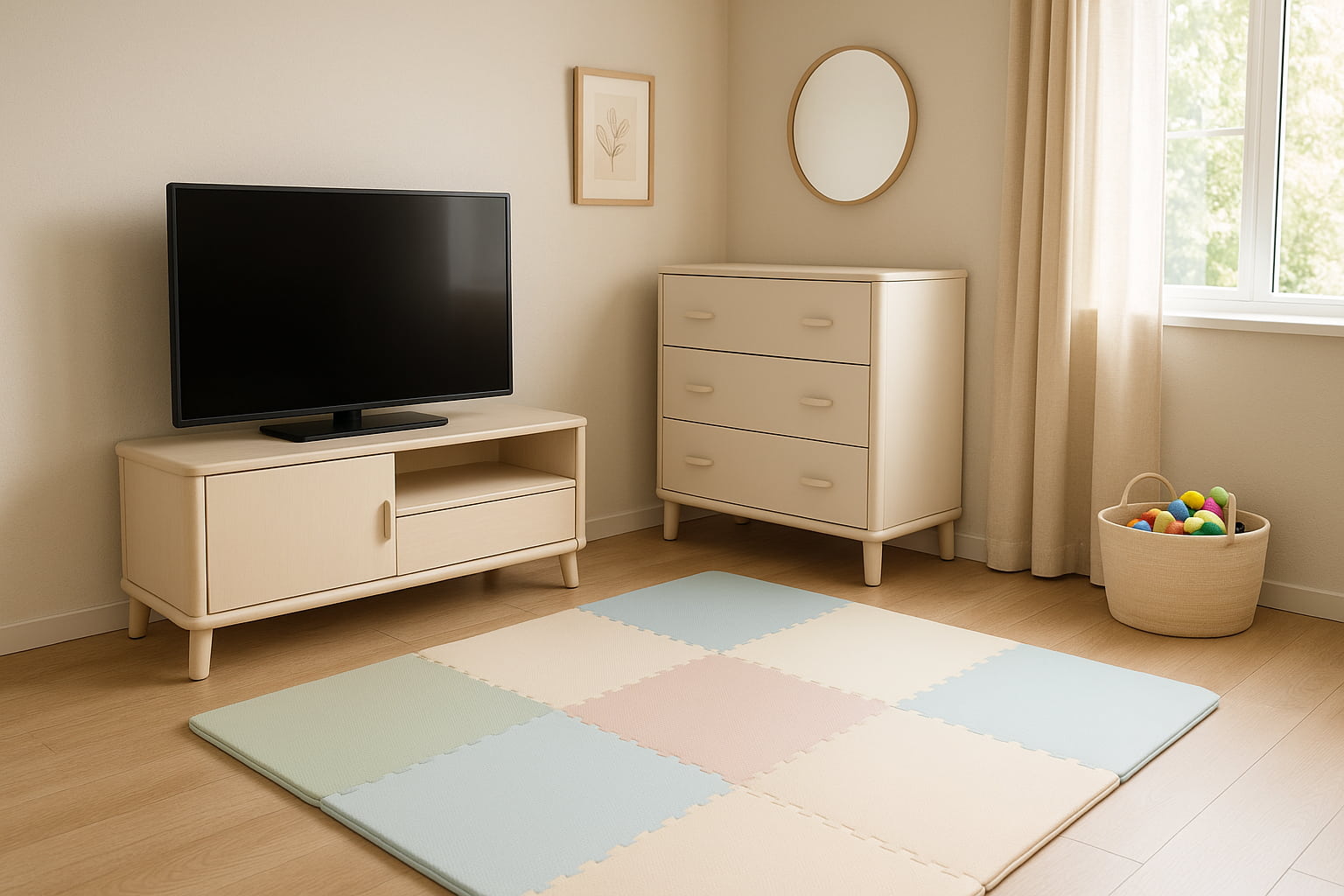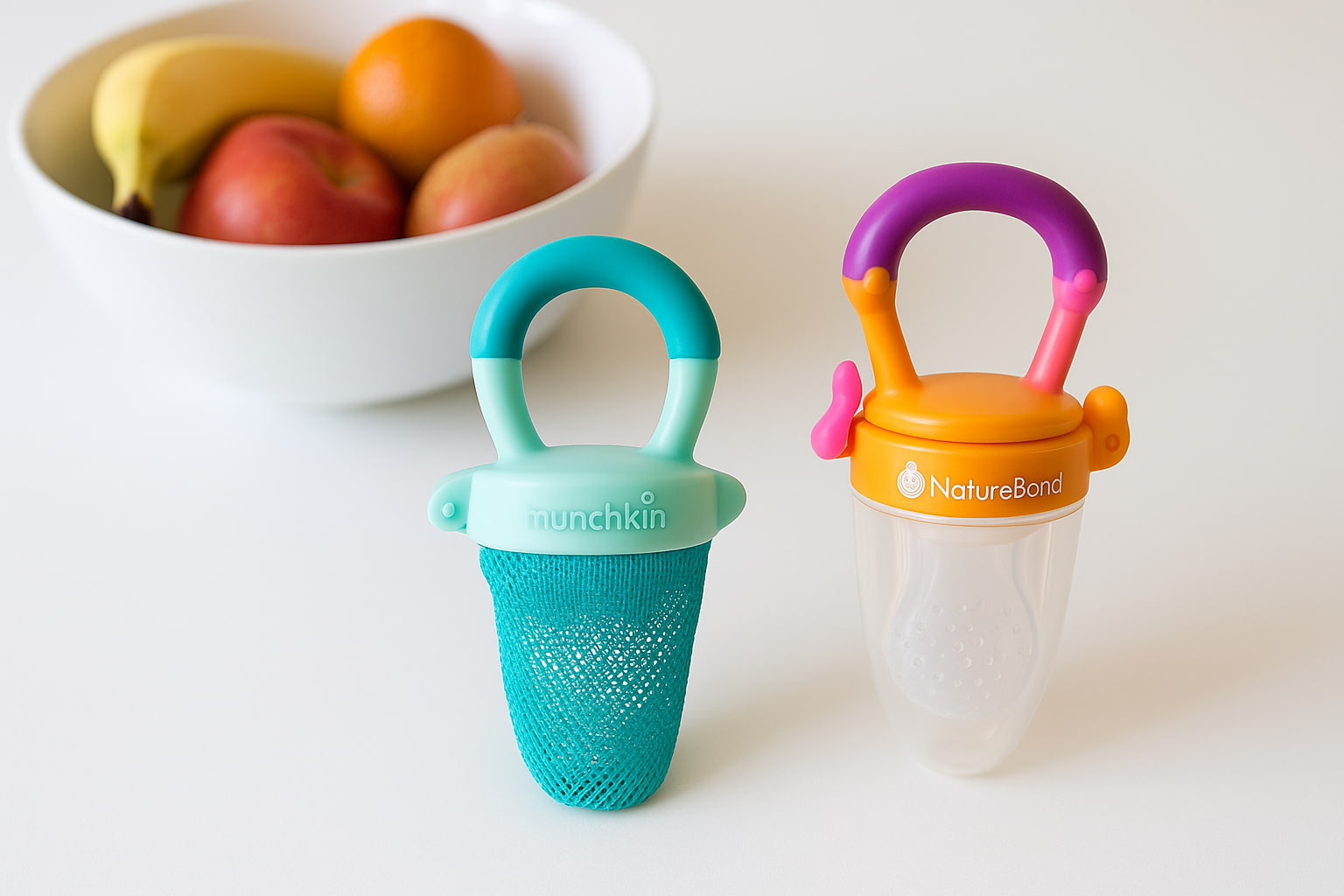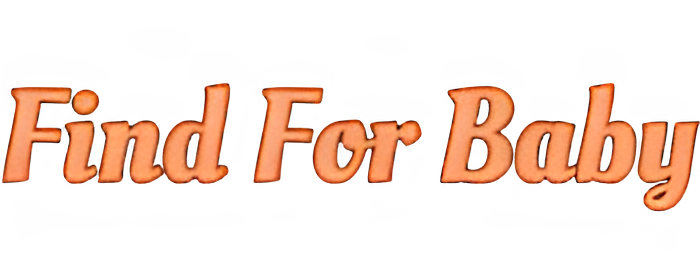The Overlooked Risk in Every Home
You know, when I first started baby proofing my home, I went straight for the usual stuff: outlet covers, cabinet locks, baby gates. Felt like I had it all under control. But weirdly, I totally overlooked one of the most dangerous things in the house: the furniture.
It’s wild how many hidden furniture hazards for babies go unnoticed. Sharp corners, unanchored shelves, or even a simple nightstand can become a serious risk. These things don’t always look dangerous at first glance until something scary happens. A lot of parents don’t even think about it until it’s too late.
So in this post, I’m breaking it down in a real way. No fluff, just honest tips to help you spot those sneaky risks and make your home safer before anything bad happens.
🛡️ Why Furniture Is a Silent Threat
Furniture might seem harmless, but to a curious crawling baby, it can turn into a climbing gym, a hiding spot, or something they try to pull up on without thinking twice.
⚠️Tipping Furniture: Dressers, bookshelves, and TV stands can easily fall if a child pulls or climbs on them, even slightly.
🚨 Falling Items: Lamps, picture frames, or shelf decorations can come down fast if nudged or tugged
🪑 Unstable Pieces: Light tables and stools might tip or collapse when a baby leans or grabs onto them.
Sadly, these kinds of accidents can happen in just a few seconds, even when a parent or caregiver is close by.
🛏️ What Types of Furniture Are Most Dangerous for Babies?

While any furniture can be risky if it’s unstable or top-heavy, certain types pose a bigger threat to babies and toddlers.
Tall dressers, bookshelves, and TV stands are at the top of the danger list. These pieces are easy to climb, often overloaded, and can fall with surprising force. Changing tables and nightstands also create hazards, especially when placed near a crib or crawling space.
Even low furniture with drawers can act like ladders to a curious toddler.
The key issue? Most of these items weren’t designed with babies in mind. That’s why identifying and anchoring the highest-risk pieces is step one in any serious babyproofing strategy.
🧠 Did you know?
According to the U.S. CPSC, one child dies every two weeks from a furniture or TV tip-over.
⚠️Hidden Hazards You Might Miss
Here are a few things you might not think twice about, but they can actually be risky for little ones:
⚠️ Sharp Corners & Edges: Coffee tables and TV stands often have pointed corners that sit right at eye or head level for a toddler.
🧊 Glass Furniture: Fragile glass surfaces can easily shatter and cause injury if bumped or knocked over.
📚 Unanchored Bookshelves: These are one of the top furniture pieces that can tip over if not properly secured to the wall.
🏺 Floating decor or vases: Total baby magnets. If it’s on a low surface, chances are your little one’s already plotting how to grab it or yank the whole tablecloth down with it.
🛋️ How to Babyproof Furniture Safely
Here’s what you can do right now to protect your baby:

✔️ Secure Furniture to Walls
Use anti-tip straps or anchors to attach all tall furniture to the wall, especially dressers and bookshelves.
💬 Not sure how furniture straps hold up in real homes? See our hands-on Review of Safety 1st Furniture Wall Straps before you install.
✔️ Add Corner Guards & Edge Bumpers
These soft guards help protect your child from getting hurt on sharp edges if they bump into them or fall nearby.
✔️ Remove Heavy Items from Shelves
Keep things like TVs, glass décor, or anything breakable off surfaces your baby might be able to reach or pull down.
✔️ Use Drawer Locks
Stops little hands from opening drawers or trying to climb them like stairs.
🧰 Want a room-by-room guide to the best locks, straps, and guards for furniture? Check out our top Babyproofing Furniture Solutions for 2025.
🛋️ Why Babies Are Drawn to Furniture
Babies are naturally curious. Once they start crawling or trying to stand, furniture becomes part of their adventure. They often:
✊ Use furniture to stand or climb. It’s the easiest thing for them to grab onto when trying to pull themselves up.
🧺 Pull on shelves to grab objects. If they see something interesting, they’ll do whatever it takes to reach it, even if it means tugging on a shelf.
👣Explore every reachable corner. If it’s within arm’s reach, they’ll want to touch it, open it, or figure out what it does.
That’s why prevention matters so much. Your baby doesn’t understand the risks, but you do.
🔄 Why “Temporary Fixes” Can Be a Long-Term Mistake

It’s tempting to stick some tape, lean heavy objects against a wall, or wedge a chair in front of a dresser and call it “safe.” But these temporary fixes often give a false sense of security.
Without proper anchors, adhesives can weaken, and barriers can shift, especially once your baby starts pushing or climbing.
What seems secure today may turn into a tipping hazard tomorrow.
That’s why tools like wall straps, padded guards, and real hardware matter. They’re designed for long-term protection, not just short-term convenience.
In babyproofing, shortcuts can cost you. Safe setups should grow with your baby, not fall apart when they’re needed most.
🛑 Conclusion: Hidden Furniture Hazards for Babies What You Can Do Today
When you’re busy parenting, it’s easy to overlook hidden furniture hazards for babies until the danger becomes real.
Tipping dressers, sharp corners, or unstable shelves aren’t just design flaws. For a crawling or climbing baby, there are real dangers hiding in plain sight.
The good news? You don’t need to redesign your home to protect your child.
Simple steps like using wall straps, corner guards, and avoiding top-heavy setups go a long way toward preventing injuries.
And by babyproofing before your little one gets mobile, you’re not just reacting, you’re staying one step ahead.
That’s true peace built into your environment.
🍼 New to babyproofing? Start from the basics with our complete Beginner’s Guide for New Parents.
FAQ: Furniture Babyproofing
What are the most dangerous pieces of furniture for babies❓
Tall, narrow items like dressers and bookshelves are among the most risky. They can easily tip over, especially if a drawer is pulled out or a child tries to climb them.
Should I anchor all furniture, even lightweight pieces❓
Absolutely. Even smaller pieces like nightstands or changing tables can fall if a baby pulls on them or tries to use them for support.
Can I babyproof furniture without damaging walls❓
Yes! There are no-drill anti-tip kits and adhesive wall straps made specifically for renters or anyone who wants a damage-free setup.
⚠️ Disclaimer:
This article is for informational purposes only and does not replace professional child safety advice. Always follow manufacturer guidelines when using babyproofing products.
✍️ By Find For Baby
This article is part of Find For Baby’s trusted parenting resources, written to empower and inform new parents with honest, research-backed insights.







